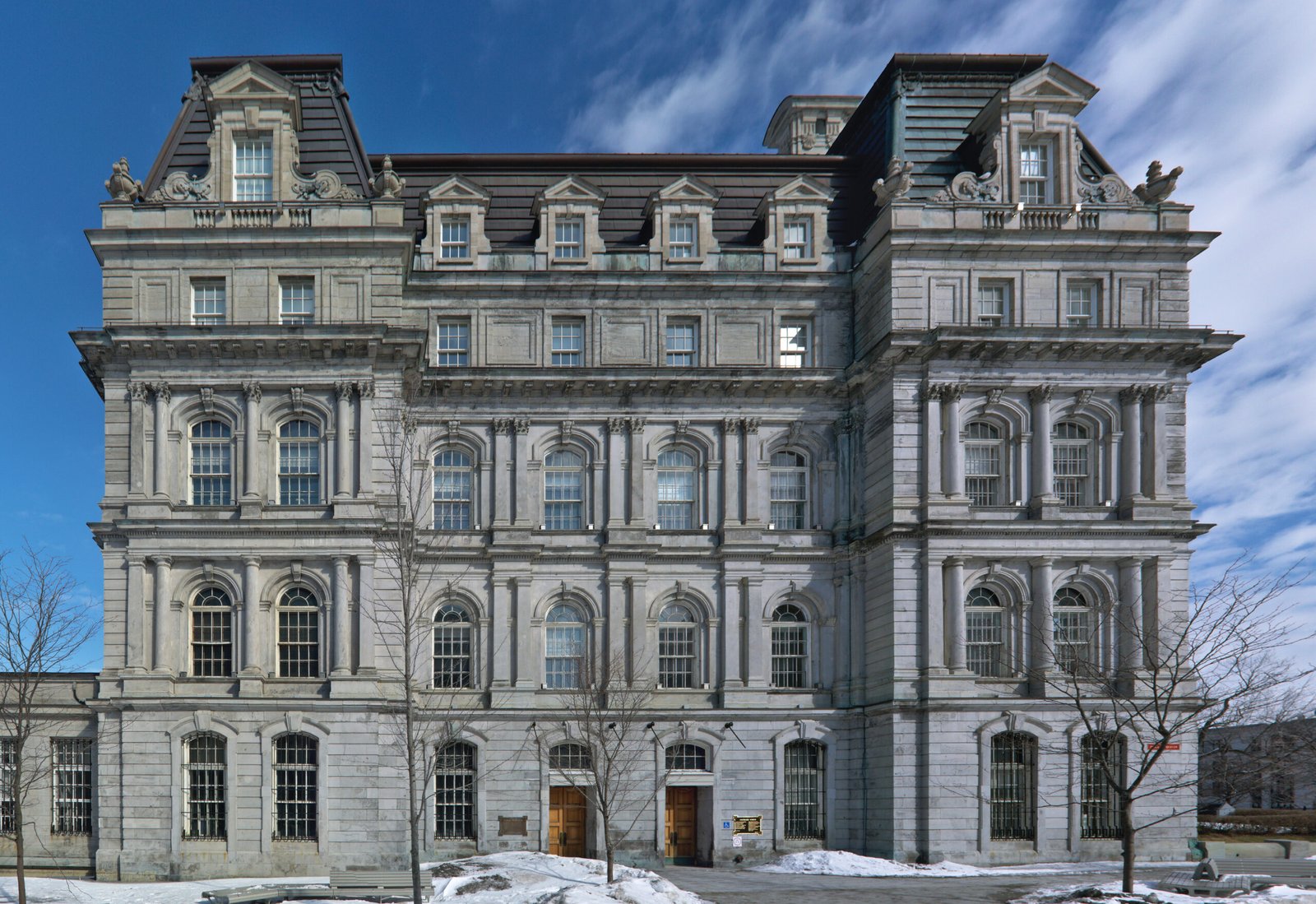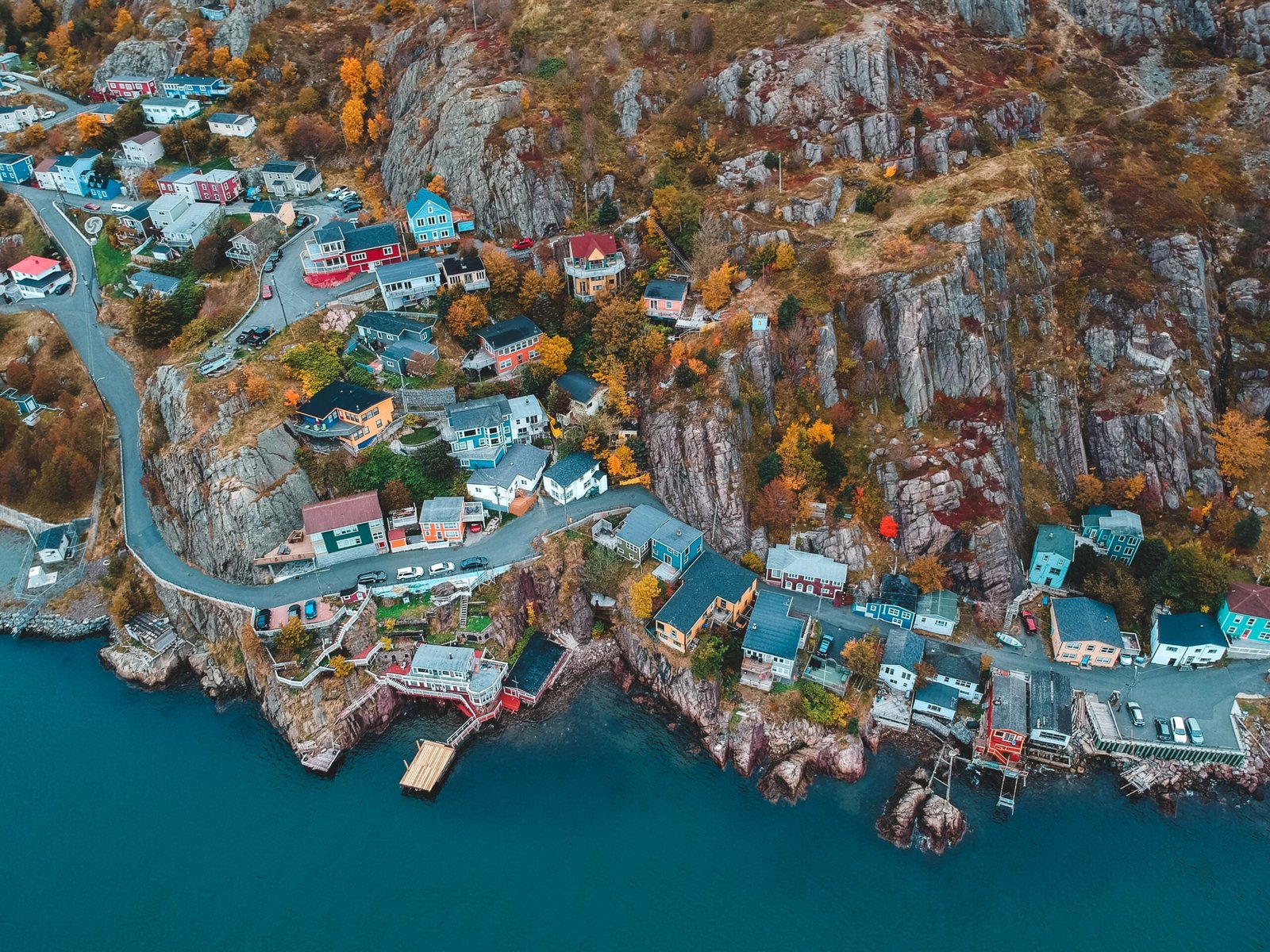Tourism is a dynamic force that can reshape cities, bringing both economic benefits and challenges. In Canada, numerous cities are undergoing significant transformations due to the increasing number of visitors. Here are 15 Canadian cities experiencing tourism-driven transformations:
Vancouver, British Columbia

Vancouver is a city blessed with stunning scenery and a plethora of outdoor activities that attract countless visitors each year. Nestled between the Pacific Ocean and the Coast Mountains, it offers a unique blend of urban sophistication and natural beauty. The city’s tourism industry has spurred economic growth, leading to the development of new hotels, restaurants, and attractions. However, this influx of tourists has also resulted in challenges such as overcrowding and increased living costs. As a result, Vancouver is continuously striving to balance the benefits of tourism with the needs of its residents.
Toronto, Ontario
As Canada’s largest city, Toronto is a multicultural metropolis teeming with diverse attractions and events. From the iconic CN Tower to the vibrant neighborhoods of Kensington Market and Chinatown, there’s something for everyone. The city’s thriving tourism sector has led to significant job creation and business growth. However, the increased demand for accommodations and services has driven up costs, affecting the local population. Toronto’s challenge lies in managing these impacts while maintaining its reputation as a top tourist destination.
Montreal, Quebec

Montreal is a vibrant city with a rich history and European charm, captivating visitors with its unique blend of old-world architecture and modern culture. The tourism industry has played a crucial role in preserving the city’s cultural heritage, as well as supporting local businesses. However, the rising number of tourists has also led to overcrowding in popular areas, affecting the quality of life for residents. Montreal is working to address these issues while continuing to welcome visitors from around the world.
Quebec City, Quebec
Quebec City, a historic walled city with cobblestone streets and French heritage, is a popular destination for tourists seeking a taste of European charm in North America. The city’s tourism sector has contributed to urban revitalization and economic growth. However, the influx of visitors has also put a strain on local resources and infrastructure. Quebec City is focused on managing these challenges to ensure a positive experience for both residents and tourists alike.
Banff, Alberta
Banff, the gateway to the Canadian Rockies and Banff National Park, is a haven for outdoor enthusiasts and nature lovers. The town’s tourism industry has led to significant investments in infrastructure, such as hotels and public transportation. However, the popularity of Banff has also resulted in environmental impacts and overcrowding, particularly during peak seasons. Efforts are being made to promote sustainable tourism practices to preserve the area’s natural beauty for future generations.
Calgary, Alberta
Calgary, a modern city with a western flair and proximity to the mountains, has experienced a tourism-driven transformation in recent years. The city’s tourism sector has spurred economic growth, job creation, and urban revitalization. However, the increased demand for services and accommodations has also led to rising costs and resource strain. Calgary is focused on balancing these challenges while continuing to attract visitors with its unique blend of urban and natural attractions.
Ottawa, Ontario
As Canada’s capital city, Ottawa boasts a wealth of museums, galleries, and historic sites that draw tourists from around the world. The city’s tourism industry has contributed to economic growth and job creation, while also supporting cultural preservation efforts. However, the influx of visitors has led to challenges such as overcrowding and increased living costs. Ottawa is working to manage these impacts responsibly to ensure a positive experience for both residents and tourists.
Halifax, Nova Scotia
Halifax, a charming port city with a rich maritime history, has become an increasingly popular destination for tourists seeking a unique blend of history and natural beauty. The city’s tourism sector has spurred economic growth and urban revitalization, while also supporting local businesses. However, the rising number of visitors has put a strain on resources and infrastructure. Halifax is focused on addressing these challenges while continuing to welcome tourists with open arms.
Victoria, British Columbia
Victoria, a picturesque city on Vancouver Island, is known for its stunning gardens and Victorian architecture. The city’s tourism industry has played a significant role in preserving its cultural heritage and supporting local businesses. However, the influx of tourists has led to challenges such as overcrowding and increased living costs. Victoria is working to balance these issues while maintaining its reputation as a top tourist destination.
Niagara Falls, Ontario
Home to the world-famous waterfalls and a variety of attractions, Niagara Falls is a must-visit destination for tourists. The city’s tourism sector has contributed to economic growth and job creation, while also stimulating local businesses. However, the popularity of Niagara Falls has resulted in overcrowding and environmental impacts. Efforts are being made to promote sustainable tourism practices to preserve the area’s natural beauty for future generations.
Whistler, British Columbia

Whistler, a world-class ski resort and outdoor recreation destination, attracts visitors from around the globe. The town’s tourism industry has spurred economic growth and infrastructure development, while also supporting local businesses. However, the popularity of Whistler has led to challenges such as overcrowding and increased living costs. Whistler is focused on managing these impacts responsibly to ensure a positive experience for both residents and tourists.
Jasper, Alberta
Jasper, another gateway to the Canadian Rockies and Jasper National Park, is a haven for nature lovers and outdoor enthusiasts. The town’s tourism sector has contributed to economic growth and job creation, while also supporting local businesses. However, the influx of visitors has put a strain on resources and infrastructure. Jasper is working to address these challenges while continuing to welcome tourists with open arms.
St. John’s, Newfoundland

St. John’s, a colorful city with a unique culture and stunning coastal scenery, has become an increasingly popular destination for tourists. The city’s tourism industry has spurred economic growth and urban revitalization, while also supporting local businesses. However, the rising number of visitors has put a strain on resources and infrastructure. St. John’s is focused on managing these challenges to ensure a positive experience for both residents and tourists alike.
Charlottetown, Prince Edward Island

Charlottetown, a charming city with a relaxed pace of life and Anne of Green Gables connections, is a popular destination for tourists seeking a unique blend of history and natural beauty. The city’s tourism sector has contributed to economic growth and job creation, while also supporting local businesses. However, the influx of visitors has led to challenges such as overcrowding and increased living costs. Charlottetown is working to balance these issues while continuing to welcome tourists with open arms.
Kelowna, British Columbia
Kelowna, located in the Okanagan Valley, is known for its wineries, orchards, and outdoor activities. The city’s tourism industry has played a significant role in supporting local businesses and stimulating economic growth. However, the popularity of Kelowna has resulted in challenges such as increased living costs and resource strain. Efforts are being made to address these issues while maintaining the city’s appeal as a top tourist destination.
These cities illustrate the diverse ways in which tourism can shape urban environments in Canada. While tourism can bring many benefits, it’s important for cities to manage its impacts responsibly to ensure sustainable growth and a positive experience for both visitors and residents.
